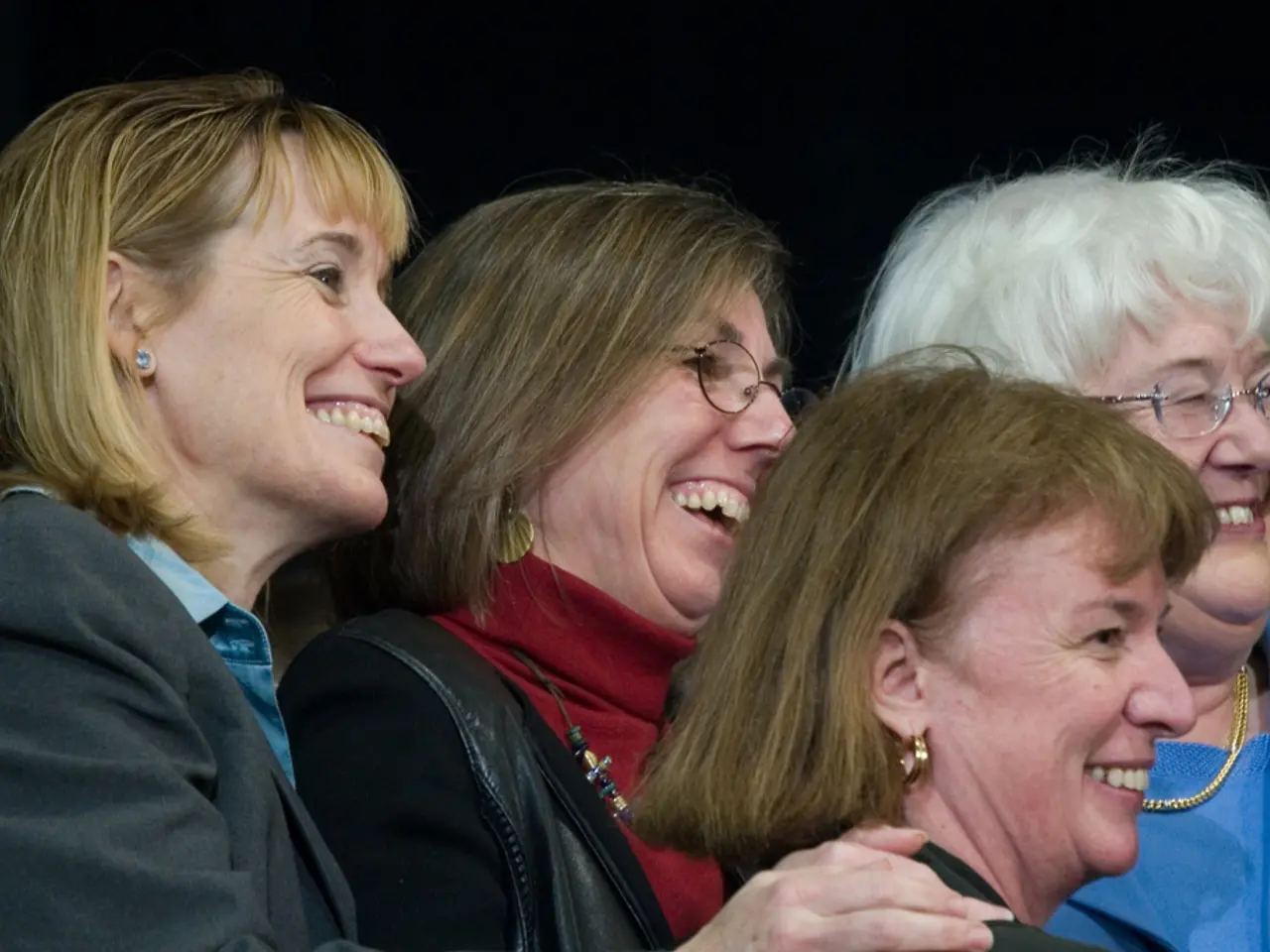Logical Reasoning Through Geometric Inferences: Applying Deductive Reasoning in Proof Derivations
Geometric proofs are essential tools for creating geometric wonders and unlocking the secrets of the geometric realm. These proofs are series of statements, reasons, and diagrams leading to a final conclusion, with each statement logically following from the previous one.
A sound argument is both valid and has true premises. In the context of geometry, validity refers to the logical structure of the argument. If the premises are true, then the conclusion must necessarily be true. Validity depends only on the form of the argument, not the actual truth of the premises. On the other hand, soundness requires that the argument be both valid and have all true premises. When an argument is sound, its conclusion is necessarily true in reality, not just logically guaranteed.
The law of syllogism is essential for constructing valid geometric proofs. It governs logical relationships between geometric statements, providing a foundation for deductive reasoning, which is a cornerstone of logical thinking. The law of syllogism is closely intertwined with the concepts of geometric axioms, theorems, and common geometric constructions like the perpendicular bisector and the angle bisector.
The perpendicular bisector is a common geometric construction that cuts a line segment into two equal parts and creates a line perpendicular to it. Similarly, the angle bisector divides an angle into two equal parts. These constructions are precise methods for creating geometric figures, like triangles, circles, and perpendicular lines, providing the exact steps to follow in creating the geometric shapes needed for proofs.
Modus ponens and modus tollens are types of deductive arguments frequently used in geometric proofs. Modus ponens states that if a claim (if P, then Q) and the event (P) are true, then the conclusion (Q) can be deduced. Modus tollens, on the other hand, states that if a claim (if P, then Q) and the conclusion (not Q) are true, then the event (not P) can be deduced.
In summary, understanding the concepts of validity and soundness is crucial in geometric proofs. Validity is about correct reasoning form, while soundness guarantees the truth of the conclusion by also ensuring the premises are true. Every sound argument is valid, but not every valid argument is sound. This distinction is fundamental in geometry and formal logic, as validity is about correct reasoning form, while soundness combines valid form with true content.
References:
[1] Introduction to Mathematical Logic, Patrick J. Hurley [2] A Concise Introduction to Logic, Patrick J. Hurley [3] Mathematical Logic, Dirk van Dalen [4] Formal Logic, Henry H. Bochenski [5] A Course in Mathematical Logic, Elliott Mendelson
Technology plays a significant role in facilitating education and self-development, particularly in the field of mathematics and geometry. Advanced tools, such as computer-aided geometric design (CAGD), help students visualize and construct complex geometric figures, enhancing their understanding of proofs and constructions. Furthermore, online forums and digital libraries provide access to a vast array of educational resources, expanding the boundaries of learning and encouraging self-growth in the realm of science and mathematics.




